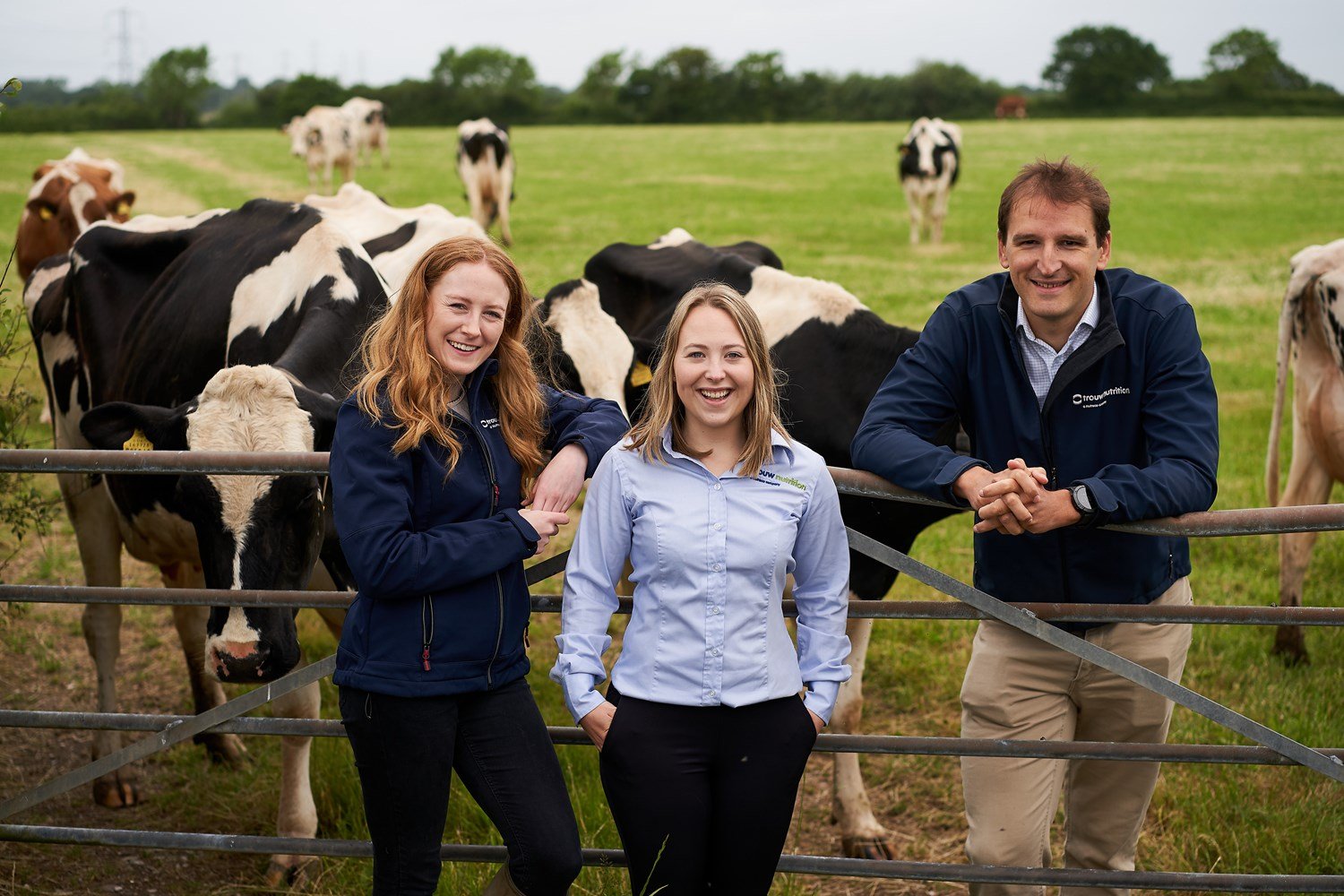Why monitor NDF development in silage fields?
Grass grows differently every year and silage quality is often reflective of the previous winter. Warm winters where soil temperatures remain above 8 degrees means grass will continue to grow and therefore is more mature. Mature grasses have a higher NDF content and are potentially more lignified earlier in the year, resulting in silages that are less fermentable which could lead to reduce rumen passage rates, lower feed intakes, and lower production when diets are not balanced. When we have seen a cold winter, the grass stops growing with low soil temperatures and the silage season is often later.


